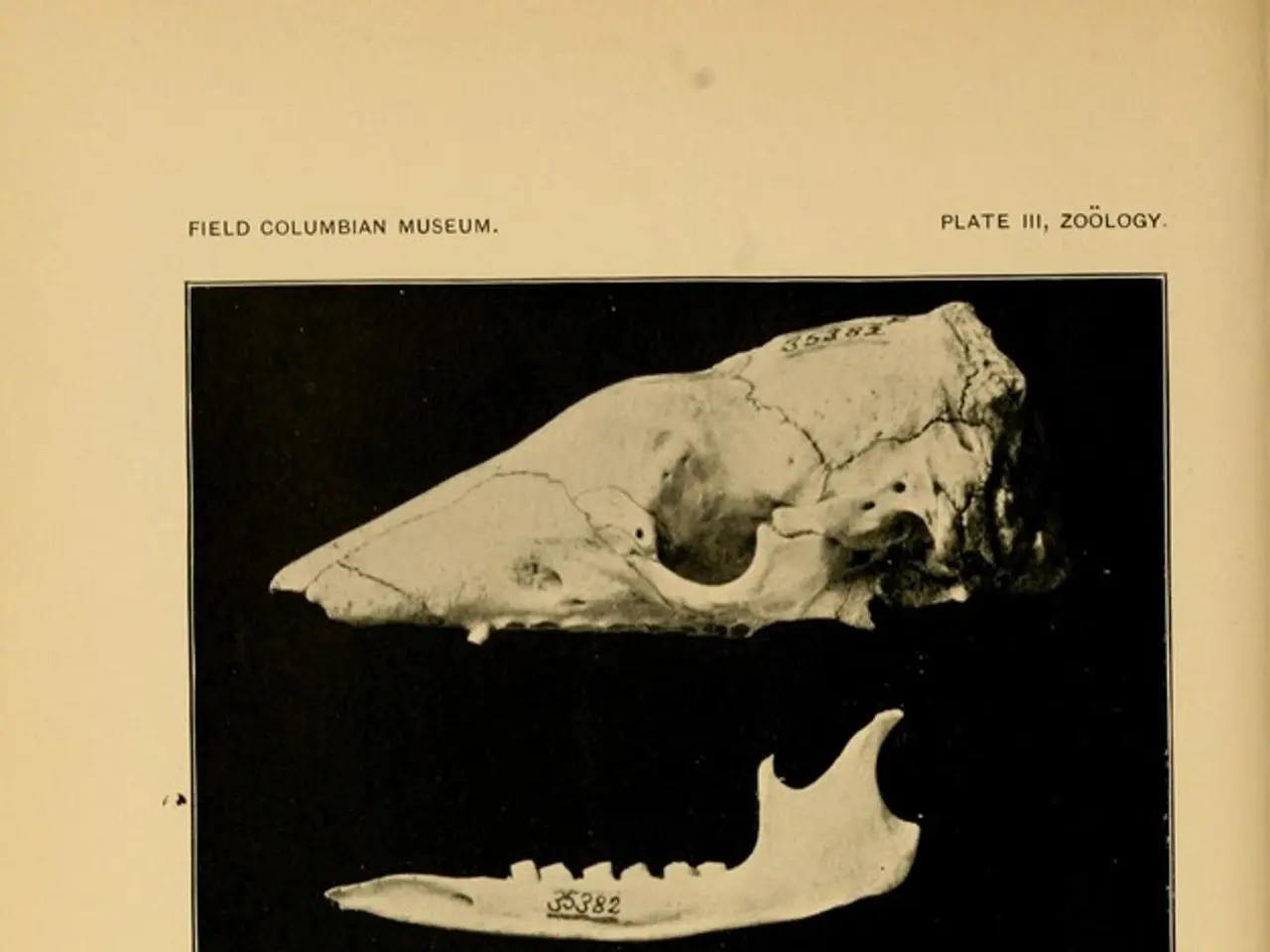Examining the Essentials of Osteoporosis: An In-depth Analysis
Osteoporosis is a condition that weakens bones and increases the risk of fractures. It occurs when the body loses too much bone or fails to produce enough, leading to decreased bone density [1][2][3]. Understanding this condition is crucial for taking proactive steps toward maintaining bone health.
Preventing and managing osteoporosis involves a combination of diet, vitamins, and exercise. Adequate calcium intake is critical since calcium is the primary mineral in bone. Low calcium levels can cause the body to withdraw calcium from bones, weakening them [1][3]. To ensure you get enough calcium, incorporate foods like milk, cheese, yogurt, and leafy greens into your diet.
Vitamin D3 is essential for calcium absorption and bone health. It is obtained from sunlight, diet, or supplements [1][2][3]. Sources of Vitamin D include sunlight, eggs, fish, and fortified milk. Regular exposure to sunlight for a few minutes daily can help with Vitamin D intake.
Exercise plays a significant role in maintaining bone strength and health. Weight-bearing exercises like walking, dancing, or running stimulate bone formation and maintenance, while non-weight-bearing activities like swimming and biking are less effective [1][3]. Strength training, such as resistance exercises like squats, helps build muscle mass and bone density, which is especially important to counteract age-related bone loss [1].
Additional preventive measures include maintaining a healthy weight, managing medications that affect bone health, and preventing falls to reduce fracture risk [3][4][5]. Choosing activities you enjoy can make it easier to stick with them. Remember, a minor fall can cause a fracture in someone with osteoporosis.
Osteoporosis often affects older adults, especially women after menopause. However, it can develop silently without clear symptoms in the early stages. Back pain, loss of height, or a stooped posture can be signs of osteoporosis [6]. Recognizing risk factors and implementing preventive measures can lower the chances of developing osteoporosis.
In summary, osteoporosis can be caused by nutritional deficiencies, hormonal factors, lifestyle, and genetics. It can be prevented or managed by a nutrient-rich diet with sufficient calcium and vitamin D, avoiding risk factors like smoking and alcohol, and engaging regularly in weight-bearing and strength exercises [1][2][3][5]. Staying active also improves balance and coordination, reducing the risk of falls.
Read also:
- Apparition's Significance and its Delivered Messages - as discussed by Sensenmann
- Explored the Popular Health Assessment with a Queue of 100,000 Aspiring Participants - Here's My Unadulterated Opinion
- Hearing impairment condition: Recognizing symptoms and management approaches
- Exploring Recurring Actions in Mature Individuals: An Analysis of Persistent Actions in Adults' Daily Lives





